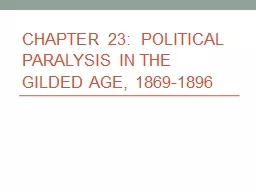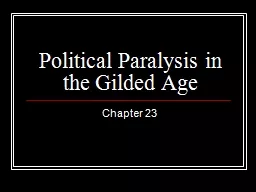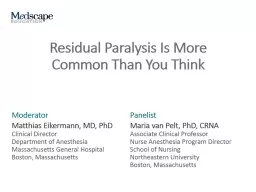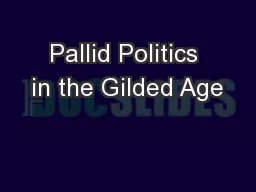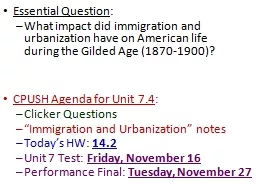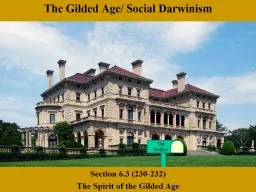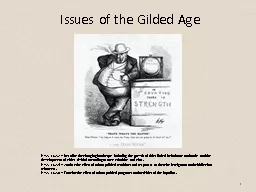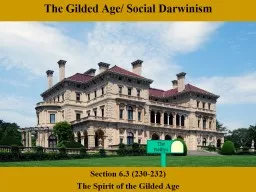PPT-Chapter 23: Political Paralysis in the Gilded Age, 1869-18
Author : liane-varnes | Published Date : 2017-10-27
JUMBO QUESTIONS Patterns of Continuity and Change over Time The authors conclude that Americans who spilled their blood in the Union emancipation and Abraham Lincoln
Presentation Embed Code
Download Presentation
Download Presentation The PPT/PDF document "Chapter 23: Political Paralysis in the ..." is the property of its rightful owner. Permission is granted to download and print the materials on this website for personal, non-commercial use only, and to display it on your personal computer provided you do not modify the materials and that you retain all copyright notices contained in the materials. By downloading content from our website, you accept the terms of this agreement.
Chapter 23: Political Paralysis in the Gilded Age, 1869-18: Transcript
Download Rules Of Document
"Chapter 23: Political Paralysis in the Gilded Age, 1869-18"The content belongs to its owner. You may download and print it for personal use, without modification, and keep all copyright notices. By downloading, you agree to these terms.
Related Documents

